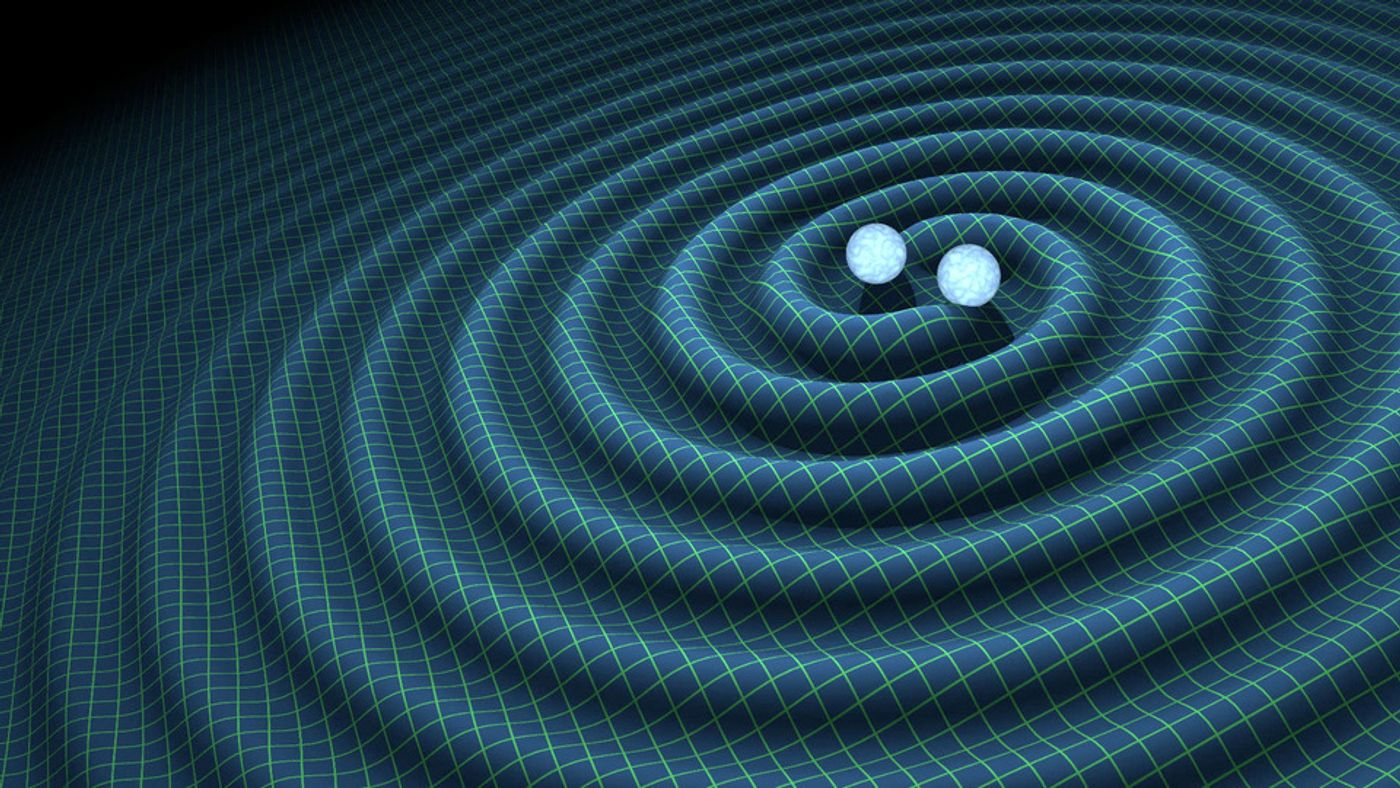LIGO Detects Gravity Waves for the Second Time This Year
Back in February, scientists had announced discovering a trace of gravitational waves in space for the very first time after modern space equipment finally reached the sensitivity required to detect them.

Gravitational waves are something that occur after the collision of two mesmerizingly large objects, such as black holes, or stars. Moreover, they’ve never been observed before until this year, so they’re still a largely misunderstood phenomenon of physics.
These awesome demonstrations of physics were originally predicted to exist by famous German physicist Albert Einstein over 100 years ago, but no technology had ever existed in his time to actually observe such forces.
On the other hand, it does today.
Scientists at the Laster Interferometer Gravitational-Wave Observatory, also known as LIGO, have reportedly observed what appears to be gravitational wave activity for a second time this year. The findings have been published in the journal Physical Review Letters.
“This is confirmation that there’s a real population of black holes out there waiting to be detected in the future,” said John Veitch, a LIGO astrophysicist.
In this case, the collision was between two black holes a very distant way from our own galaxy, more than half of a billion years ago.
LIGO says that the black holes tangoed with one another 27 times before they eventually slammed into one another at about half of the speed of light.
The black holes, which are each cited to be several times larger than our Sun, combined into one after the collision. The first was 14 times the size of our Sun and the second was 8 times the size of our Sun. These are large, but are still smaller than the original discovery that was announced earlier this year.
On the other hand, when it comes to black holes, size isn’t everything; mass is. Black holes are incredibly dense because of the massive gravitational pull that they have from when they collapsed in on themselves during the death of the star they once were.
The two black holes smashing into one another sent shockwaves through space, including ripples through the very gravitational pull that holes our universe’s many spatial bodies together.
“This is a very important discovery,” says Stuart Shapiro, an astrophysicist at the University of Illinois at Urbana-Champaign. “It cements the reality of the first detection and makes credible the belief that detections of this sort will be common and that we have truly opened up a new window to the Universe."
If we can continue to find credible evidence for these amazing displays of physics, then we could potentially unlock new doors to understanding the physics that make up the universe and better understand how we all got here.
Source: The Guardian








